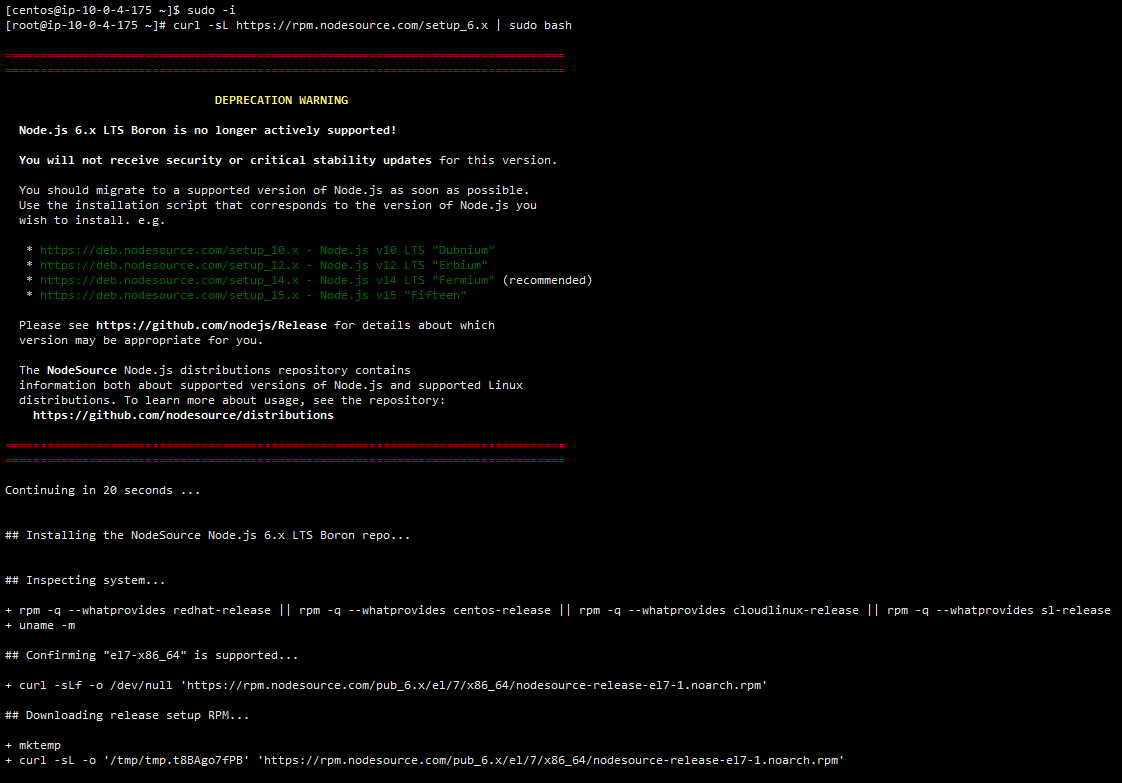
# Create the download directory and populate it using “createrepo” # Import EDB GPG key installed from edb-repo and also the other ~]$ sudo rpm -import /etc/pki/rpm-gpg/* # Enable the optional, extras, and HA repositories since EPEL packages may depend on packages from these repositories $sudo subscription-manager repos -enable "rhel-*-optional-rpms" -enable "rhel-*-extras-rpms" -enable "rhel-ha-for-rhel-*-server-rpms" # Install the external ~]$ sudo yum install -y yum-utils ~]$ sudo yum -y install # Change the EDB repo username and password ~]$ sudo sed -i "s/:/$YUMUSERNAME:$YUMPASSWORD/g" $REPOFILE # appropriate (these should not be run as ~]$ export ~]$ export ~]$ export ~]$ export ~]$ export REPOVERSION=edb # Export the variables used during the build, adjusting and as Let's get started! Steps (run as sudoer for security): # Install the EDB repo file locally as a ~]$ sudo yum install -y Note: The OS flavour on source and target machines should be the same otherwise some package level dependencies might not be resolved.Setup a local EDB YUM repository, or repo, on that disconnected network as a file based local repository (good for a small number of machines).


It's the standard way to install on RHEL derivatives.There are many, many reasons for this, a few of which are: If you are installing EDB on RHEL7 machines, RPMs are the way to go.


 0 kommentar(er)
0 kommentar(er)
